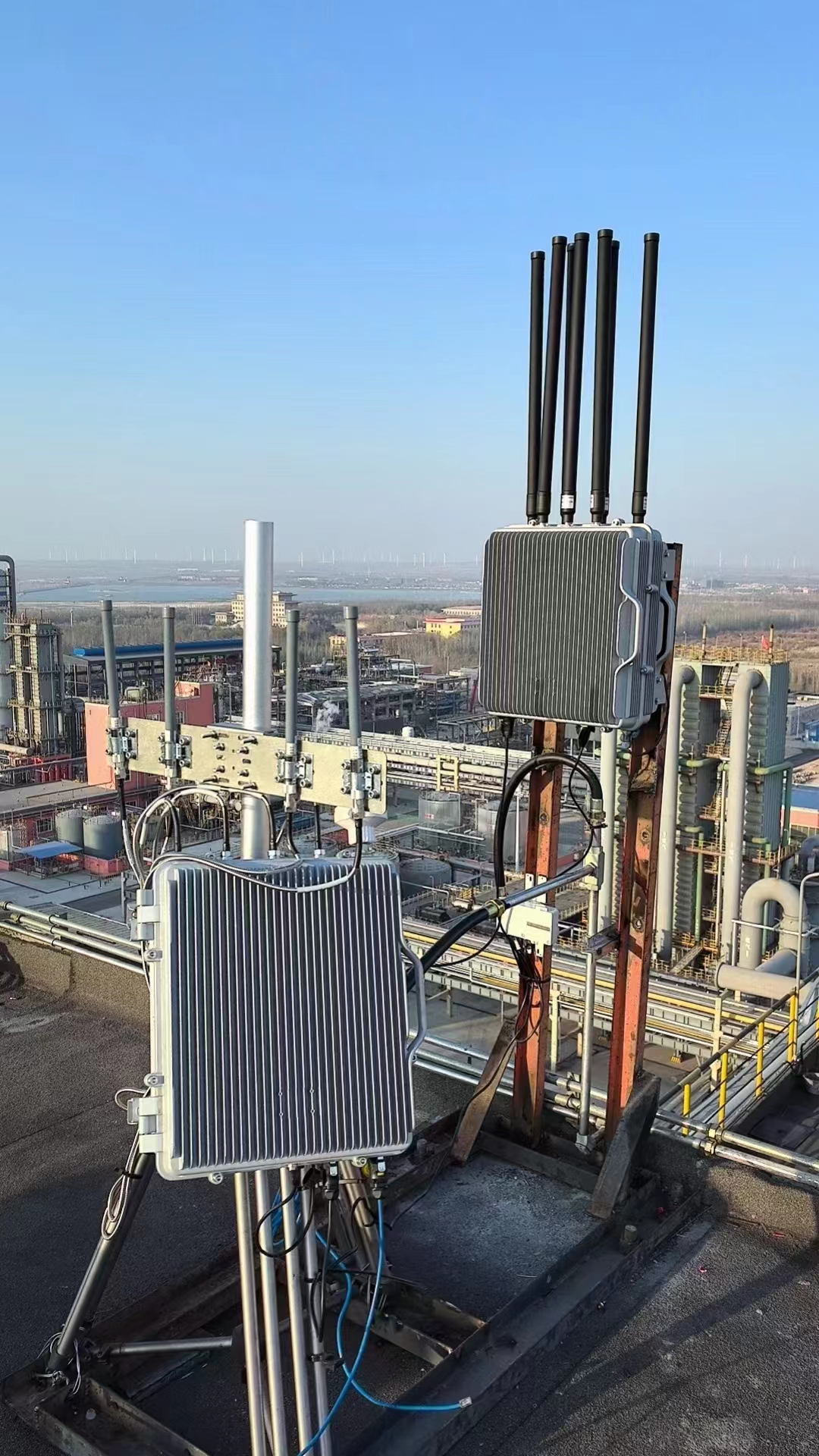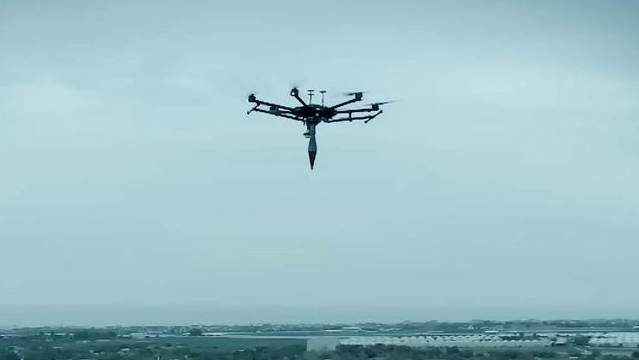
- English
- Español
- Português
- русский
- Français
- 日本語
- Deutsch
- tiếng Việt
- Italiano
- Nederlands
- ภาษาไทย
- Polski
- 한국어
- Svenska
- magyar
- Malay
- বাংলা ভাষার
- Dansk
- Suomi
- हिन्दी
- Pilipino
- Türkçe
- Gaeilge
- العربية
- Indonesia
- Norsk
- تمل
- český
- ελληνικά
- український
- Javanese
- فارسی
- தமிழ்
- తెలుగు
- नेपाली
- Burmese
- български
- ລາວ
- Latine
- Қазақша
- Euskal
- Azərbaycan
- Slovenský jazyk
- Македонски
- Lietuvos
- Eesti Keel
- Română
- Slovenski
- मराठी
- Srpski језик
What are the difficulties in detecting drones in radar systems?
2023-11-17
Everyone knows that radar systems are difficult to identify small drones and drones flying close to the ground. So, what are the difficulties in detecting drones?


1. Miniaturization and concealment: Many drones have a small volume, resulting in a small radar scattering area and flying at low altitudes, further reducing the likelihood of being detected by radar. In order to detect the target, the radar must remain in line of sight with the drone. This is particularly problematic in urban environments, as drones may only appear in the sensor's line of sight for a few seconds before disappearing again.
2. Maneuvering and hovering: Unmanned aerial vehicles can perform rapid maneuvering flights and may change their flight direction and speed at any time, which poses difficulties for radar detection. Some flight modes - most notably hovering and vertical movement - may be more difficult to detect drones for detection systems using automatic tracking algorithms.
3. Complex background noise: When radar detects drones, it is necessary to distinguish the drone's echo signal from the complex background noise. For example, drones may fly in complex environments such as cities, mountainous areas, or oceans, where there are a large number of radar interference sources, including communication antennas, two-way radios, telemetry systems, and even wires and LED lights.
4. Application of stealth technology: Drones can use various stealth technologies, such as radar absorbing materials, stealth coatings, non-metallic materials, and composite materials, to reduce the reflection of radar waves, making the reflection area of drones on radar smaller and difficult to detect. Special designs and constructions can also be used, such as sloping surfaces, to scatter radar waves instead of reflecting them back to the radar, which can reduce the likelihood of being detected by the radar. Optimize engine design and use thermal radiation coatings to reduce the detection effectiveness of infrared detection systems such as thermal imaging radars.
The above stealth technologies can be used individually or in combination to minimize the risk of drone detection. However, it should be noted that these stealth technologies cannot completely prevent drones from being detected, but rather reduce the likelihood and effectiveness of detection.

5. Multi target tracking: In modern battlefield environments, it is highly possible to have multiple drones simultaneously. Radar needs to be able to track and distinguish all targets, which puts high requirements on the performance of radar systems. In order to be effective, the anti drone system detection system needs to have a low rate of false positives and false negatives. This is difficult to achieve.
The C-UAS detection element must be sensitive enough to detect all drones in the area of use, but an overly sensitive system may generate a large number of false alarms, resulting in the system being unusable. According to the test results of anti drone systems, distinguishing true targets in complex environments requires a "significant amount of manpower".
6. Cost and resource limitations: Although there are some advanced radar technologies that can improve the effectiveness of drone detection, these technologies are often expensive and require a large amount of computing resources, which is not conducive to large-scale deployment. Relatively speaking, drones have lower costs and thresholds, and can be widely used, posing great challenges to radar technology.
In addition, radar systems need to combine other technologies such as electro-optic, infrared, radio frequency, etc. to improve the accuracy and reliability of drone detection.
